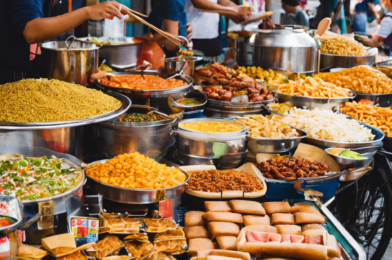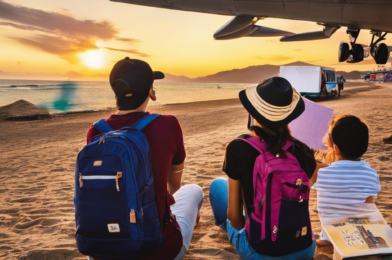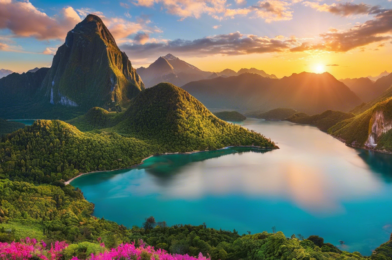Sustainable travel is becoming increasingly important as more people realize the environmental impact of tourism. One of the best ways to minimize your footprint when traveling is to reduce transportation emissions. Choose destinations that are within a reasonable distance from home and consider traveling by bus, train or carpool instead of flying whenever possible.
Public transit and walking are great ways to explore once you’ve arrived at your destination. Take advantage of bike-sharing or scooter-sharing programs to cover longer distances. Not only is this better for the environment, but it allows you to experience the surroundings at a slower pace. Make the most of your trip by staying longer in one place rather than frequently moving between locations that are far apart.
When booking accommodation, look for eco-friendly options that implement sustainable practices. Choose locally-owned hotels, hostels, or vacation rentals that use renewable energy, reduce waste, and give back to the community. Turn off the lights and unplug electronics when leaving your room. Reuse linens and towels instead of requesting daily housekeeping.
Eating locally-sourced, seasonal food is one of the most impactful actions you can take as a sustainable traveler. Patronize restaurants and cafes that utilize fair trade, organic ingredients from nearby farms. Try to avoid heavily packaged or processed options. Ask about portion sizes before ordering and only get what you can eat to minimize food waste.
Make an effort to properly dispose of and recycle waste during your trip. Many destinations lack adequate infrastructure for recycling and composting, so take responsibility for separating and packing out your refuse. Avoid single-use plastics whenever possible and bring reusable bags, bottles, and cutlery from home.
Leave places as you found them. Do not damage vegetation, collect wildlife souvenirs or deface cultural sites. Be respectful of both natural and human surroundings by staying on marked trails and not trespassing on private property. Always follow posted signs and guidelines to avoid negatively impacting the environment.
Traveling sustainably often comes down to common sense. Be an informed visitor who makes environmentally-friendly choices and shows respect for local communities and natural areas. Minimizing your impact will allow future generations to experience the beauty and wonder of our planet. Together, we can all work to protect these special places.






